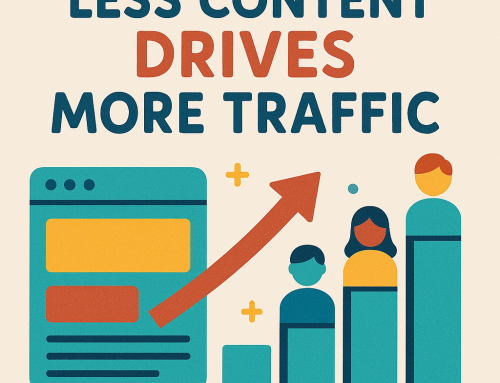 Blogs designed for businesses are, in my opinion, the center of operations for any online marketing campaign. They give you complete control over the content, allow you to populate Facebook and other social channels with self-made content, and enable you to give a voice to your brand unheard on social media.
Blogs designed for businesses are, in my opinion, the center of operations for any online marketing campaign. They give you complete control over the content, allow you to populate Facebook and other social channels with self-made content, and enable you to give a voice to your brand unheard on social media.
Seasoned marketers know the perks of blogging better than most. That said, it never hurts to take a look at simple, intuitive strategies for ensuring your blog is doing everything it can to bring in readers, turn readers into conversions, and give your company a stronger platform for launching campaigns.
Must-Follow Rules
1. Never ever assume you’re beyond help and advice to build a better blog. There are plenty of resources, websites like this one, and prime examples of comparable business blogs you can use for inspiration.
2. Your blog may very well be the first thing a customer sees about your brand. Is it professional? Does it reflect who you are as a business? If not, consider taking a step back and refining your existing material before you turn off additional readers.
3. Going back to Rule #1, there are no set rules for making a better business blog. It boils down to how unique, well-written, and shared your content is. Does that mean you should follow cookie-cutter guides? Maybe.
Blog Design Elements
4. For “big” blogs with lots of content, use a news-style home page that has snippets of recent posts. Otherwise, go with the standard blog roll that allows visitors to scroll down through entire articles.
5. Widgets and sidebars? Keep them to a minimum. Too many distractions can add to load times and make your blog tacky. Stick to the few standard widgets and test out others.
6. Navigation bars need to link into the most important parts of your blog (such as “contact” and “our website”). Don’t clutter the menu options, especially if you have an external website.
Post Design Elements
7. The format and style of your posts are just as important as the content. Even minor elements like line spacing, font choice, header size, and other details come into play. Here are a few quick tips for post design:
- Use short, 2-5 line paragraphs.
- Don’t center any of the text.
- Use bullet points and lists.
- Break up content with sub-heads.
8. Images and multimedia are an entirely different beast. Lots of platforms, like WordPress.com, make it easy to upload pictures. However, seldom do these pictures show up properly in the final post. Use the “Preview Post” button to make sure multimedia doesn’t clip off the page or appear awkward and super big.
9. Don’t blitzkrieg your readers with an excessive amount of bolds and italics to emphasize your content. More than likely, a blog visitor will see these wonky fonts and links and think, “Wow…this looks like an advertisement.”
Content Writing
10. The content is the bread and butter of a business blog. This means that every post needs to be entertaining, informative, authentic, and highly readable for visitors. You can make this happen by:
- Writing topics that help readers better understand your industry, products, and services.
- Answering questions your customers may have about a company-related topic or trend.
- Formatting some of your posts around tips, tricks, and tutorials.
- Using reliable source material to increase the credibility of your content (and to add some external linkage).
11. It’s also important not to be overtly promotional. This means limiting any call-to-action until the bottom of the post (or just relying on the power of your content to encourage readers to visit a landing page), keeping the branding jargon to a minimum, and not trying to sell everything all the time.
12. Edit, revise, re-read, re-write, and edit again. Think of your blog content as timeless — would you want a customer five years down the road to read a terrible, mistake-infused post you wrote yesterday? No. The best advice I can give is to let someone else (preferably someone who can read and write well) edit your content before publishing.
13. Don’t worry so much about post length. This has been a great topic of debate among bloggers, though the following argument always wins: The value of your content is more important than the length.
14. Stick to a consistent publishing schedule. For starters, I’d recommend 1-2 a week until you work the bugs out of your blog and get in the swing of things. Gradually ramp this up to capture more readers.
15. Stuck on a post? Keep a list of to-blog ideas, read other blogs, and search around for trending news articles that relate to your niche. There are no excuses for running out of inspiration.





